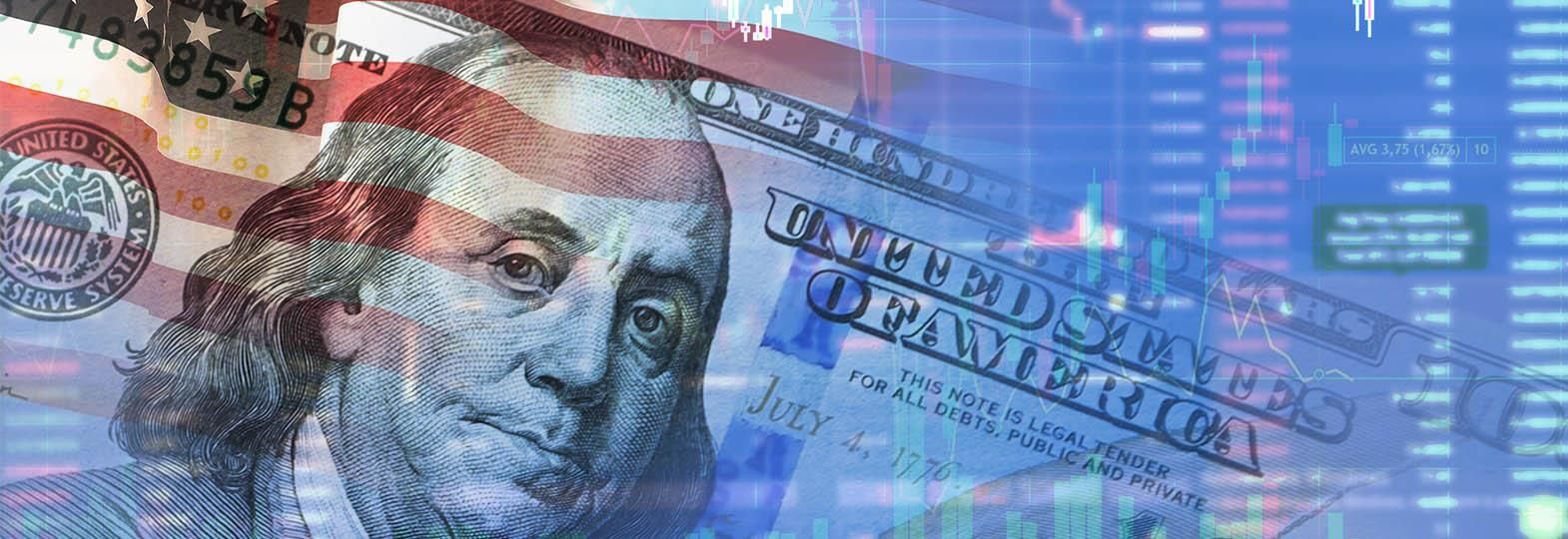The United States is facing a debt crisis. The national debt has reached a record high of $31.4 trillion, and the government is estimated to have hit its debt ceiling on May 16, 2023. If Congress does not raise the debt ceiling, the government will be unable to pay its bills and will default on its debt.
The US treasury secretary Janet Yellen has affirmed that the agency might not be able to fulfil all of the US government’s payment commitments by the beginning of June, leading to an unprecedented US default. According to her, the debt ceiling may come into effect as early as June 1.
A default on US debt would have a devastating impact on the economy. It would lead to a sharp increase in interest rates, a decline in the value of the dollar, and a recession. It would also damage the United States’ reputation as a safe haven for investors.
The debt ceiling is not a limit on how much money the government can spend, but it is a limit on how much money the government can borrow to pay for its spending. The government can still spend more money than it takes in, but it will have to do so by using other means, such as selling assets or cutting spending.
The debt ceiling was created in 1917 as a way to give Congress more control over the government’s spending. However, the debt ceiling has been raised 78 times since then, most recently in 2017, as the government has continued to spend more money than it takes in.
In recent years, the debt ceiling has become a political football, with Republicans and Democrats often using it as a bargaining chip in budget negotiations.
In 2011, the United States came within hours of defaulting on its debt. The crisis was resolved only after Congress agreed to raise the debt ceiling. However, the experience of 2011 showed how dangerous the debt ceiling can be.
The current debt crisis is even more serious than the one in 2011. The national debt is now much higher, and the economy is more fragile. If Congress does not raise the debt ceiling, the United States could default on its debt. This would have a devastating impact on the economy and could lead to a recession.
The following are some of the potential consequences of a US debt default:
A sharp increase in interest rates. Investors would demand higher interest rates to compensate for the risk of default. This would make it more expensive for businesses to borrow money, which would slow down economic growth.
A decline in the value of the dollar. The dollar is the world’s reserve currency, and its value is based on the belief that the United States will always pay its debts. A default would damage this belief and could lead to a decline in the value of the dollar.
A recession. A default would likely lead to a recession, as businesses would cut back on investment and hiring. A recession would cause job losses and economic hardship for millions of Americans.
Damage to the United States’ reputation. A default would damage the United States’ reputation as a safe haven for investors. This could make it more difficult for the government to borrow money in the future and could lead to higher interest rates.
The debt crisis is a serious problem, but it is not insurmountable. The government can address the problem by raising the debt ceiling, cutting spending, or raising taxes. However, it is important to note that there is no easy solution to the debt crisis. It will require a combination of difficult choices and sacrifices.
On the other hand, the Congress can still raise the debt ceiling and avoid a default. However, Congress must act to raise the debt ceiling. The stakes are too high to allow the government to default on its debt.










Comments